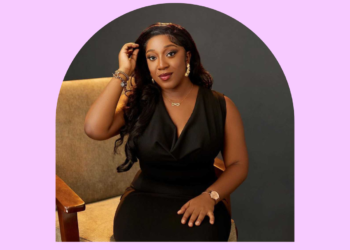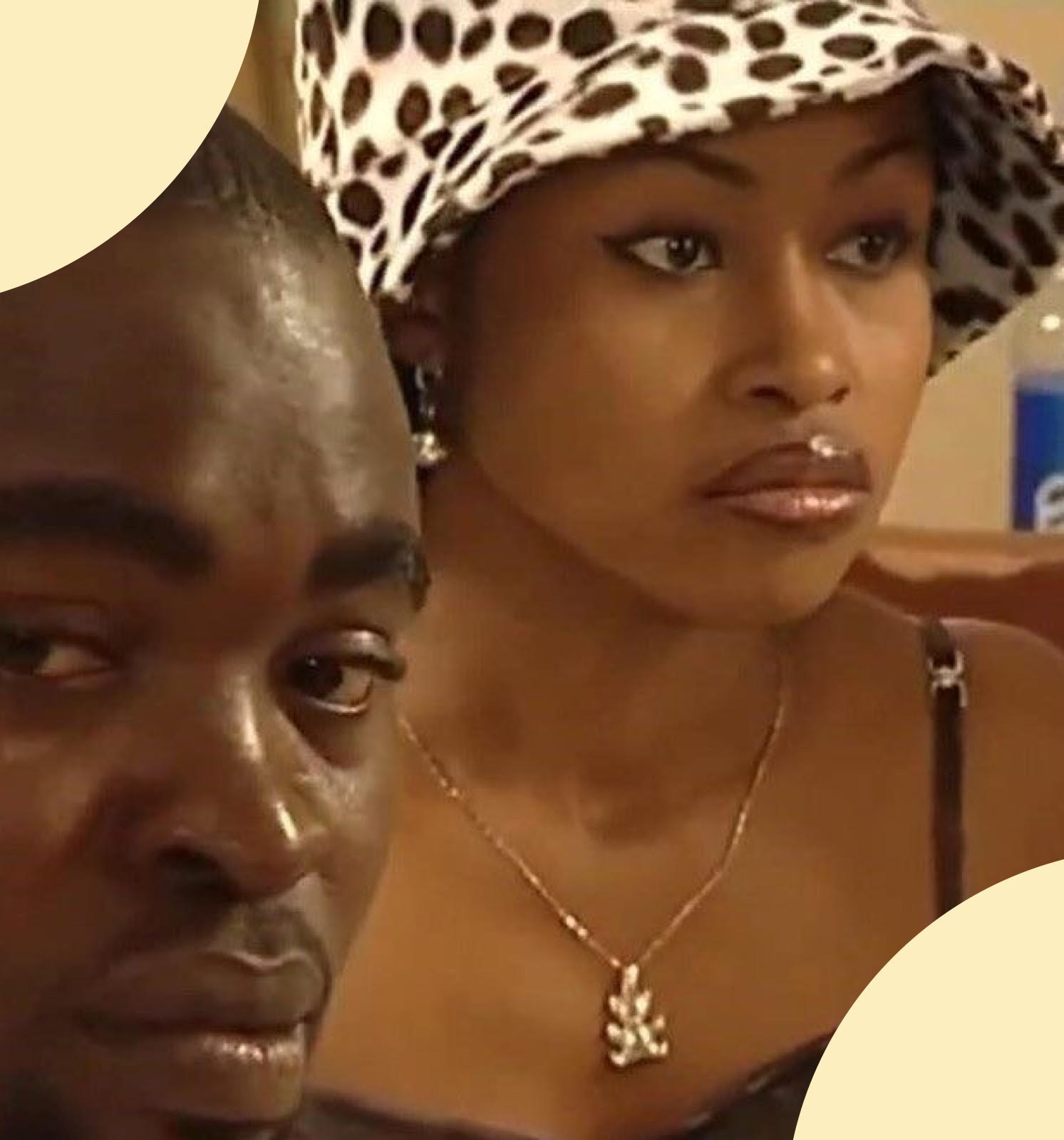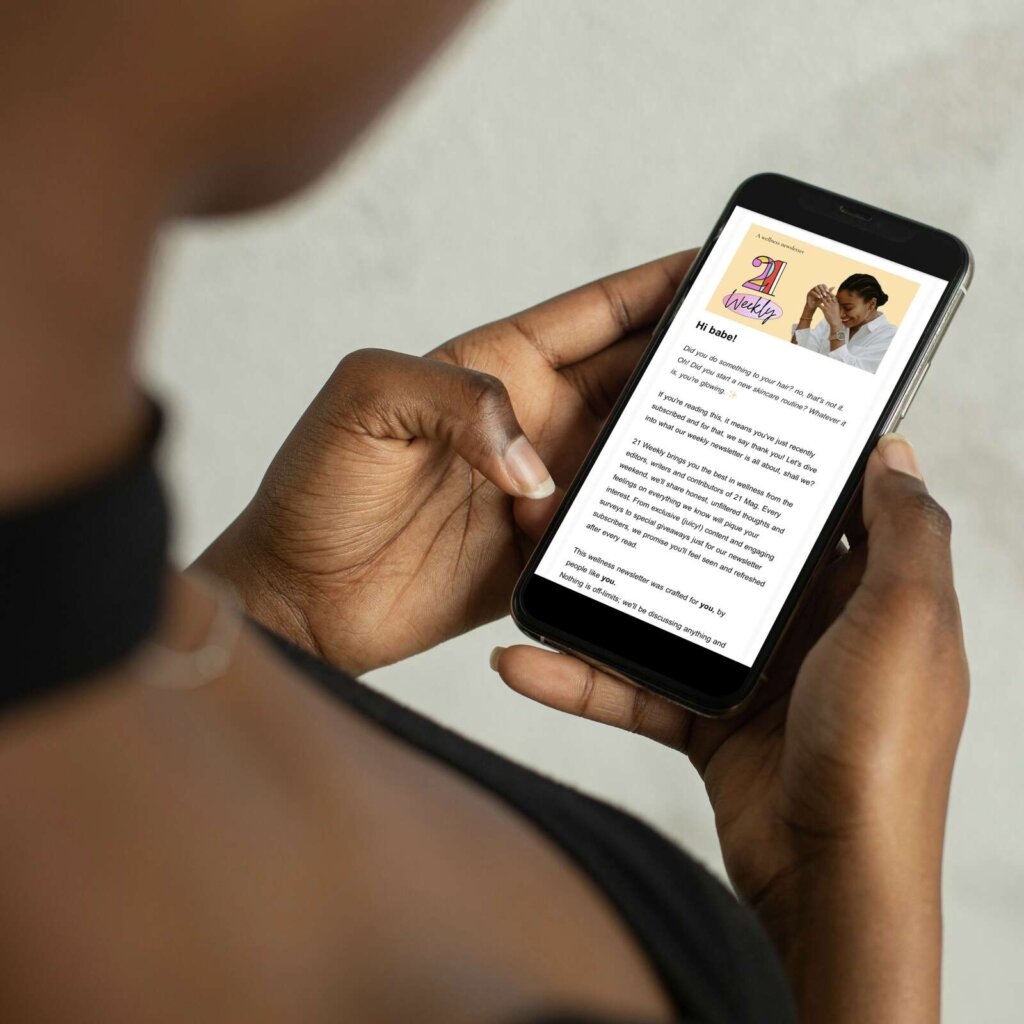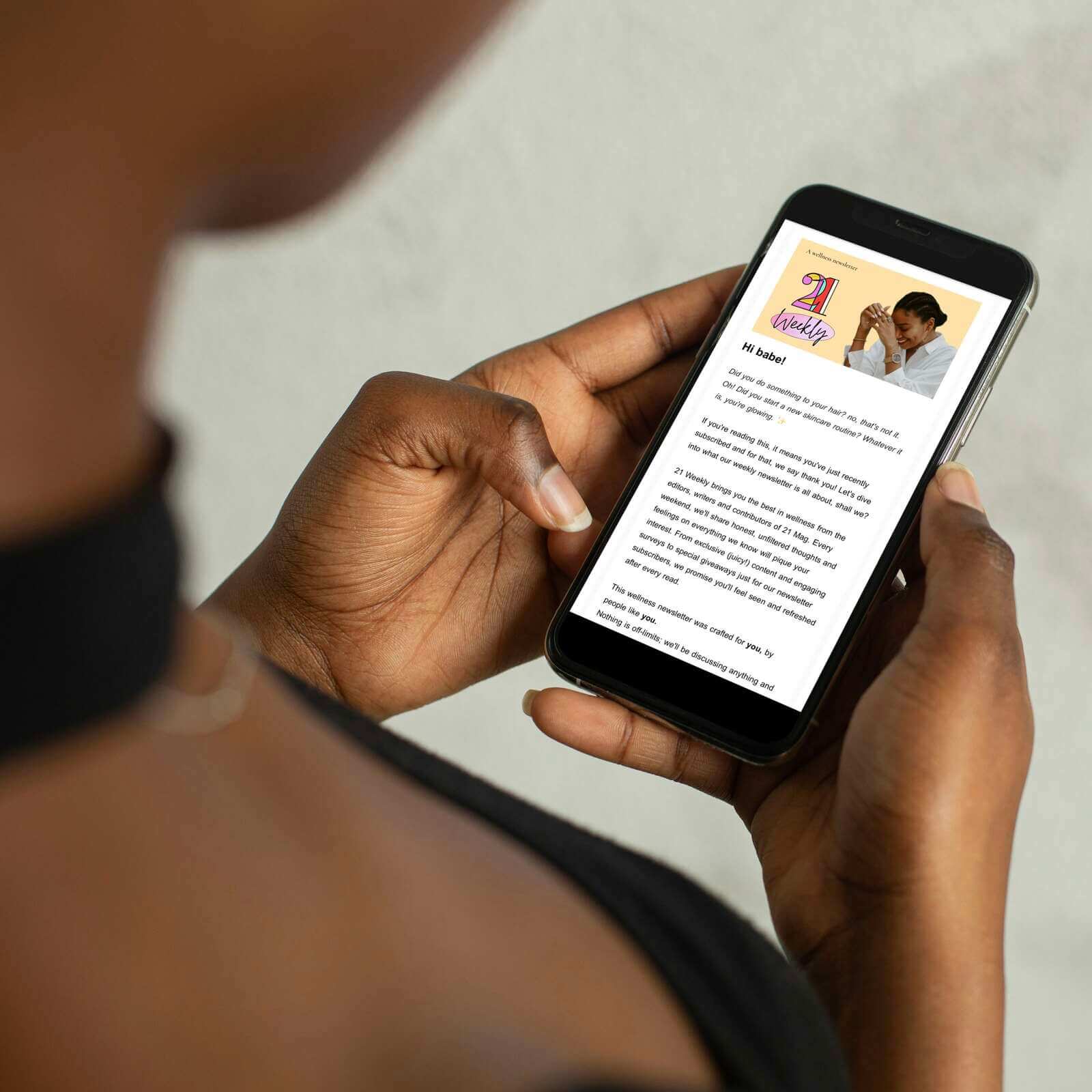No products in the cart.
It’s 2023 – We Need Proper Sex Education About the Female Body
15 things schools need to teach women about sex and their bodies
I can’t recall the first time I encountered the word ‘sex’ or truly comprehended it, but it was probably from movies. In my own experience, and from what I’ve observed in many others, Nigerian parents deliberately steer clear of conversations about sex. The only occasions they might broach the topic are when they catch you talking to someone of the opposite sex or when puberty becomes unmistakably evident.
Our parents don’t really prep us for the fact that what we’re going through is part of the normal flow of life. They say it’s a natural experience but then suddenly, we’re told to close our legs and cover up.
They fall short in providing their daughters with the information they need at different life stages to navigate their bodies and sexuality. Instead, they rely on scare tactics and delegate what they see as “important” to schools.
In various schools around the world, you might find a sex ed curriculum. However, it’s common for those in charge to shy away from essential topics. The global hesitation stems from the fact that discussing sex remains a touchy subject in most places.
Here in Nigeria, it’s not really sex ed; it’s more like basic science and biology. They tell us about our reproductive systems and warn us against having sex due to diseases. But strangely, no one really explains what sex is, even though everyone does it. Now, preteens and teens find themselves in situations where parents and teachers hesitate to provide necessary information. How would you navigate this if you were in their position?
The issue here is that we place teenagers in situations where they must make decisions about their sex lives, and due to insufficient information, they often end up making the wrong choices.
Parents and schools must step up. Schools, which proclaim education as their primary focus, bear the responsibility of shaping the next generation. It’s crucial for them to educate children about having a normal, healthy body and understanding the concept of safe sex. Additionally, schools should instill in young women the idea that they can and should enjoy mutually satisfying sex lives with their partners.
Here are 15 essential things we think schools should educate women about regarding their bodies and sex. I certainly wish I had learned these.

1. Vaginismus
According to Planned Parenthood, Vaginismus is a condition where the muscles around your vagina spontaneously tighten, making any kind of contact or touch inside of your vagina feel extremely uncomfortable or even painful.
Besides my mind playing its games, there was this recurring hiccup with my body every time things were about to go down. I’d psych myself up, convinced I was all set. Yet, when the moment arrived, I’d chicken out and instantly squeeze my thighs together. It hurt too much. I would literally feel my vagina clamp up—Nothing was getting through there.
For a long time, I thought I just couldn’t have sex. I was certain it was because of the trauma I had experienced in the past. When it finally happened, I thought I had ‘beat the trauma’. Unfortunately, even today I have moments where penetration can be a little too much for me. I have moments I can’t go through with it at all. I had no clue that women across the world experience this too. Not until I watched Sex Education in 2021.
According to the American College of Obstetricians and Gynecologists, three out of four women experience pain during sex at some point in their lives. More often than not, it is a result of Vaginismus.
This condition is too common for women to know so little about it. Having this information on hand, before attempting sexual intercourse, will put every woman in a place where they can better understand their body. It informs them, which stops them from blaming themselves for things completely out of their control. In many ways, proper sex education gives women back their power.
2. Vaginal Hygiene
Many women still believe it’s okay to use scented soaps when washing their vagina, and many young girls believe that the vagina should have a rosy scent. Nigerian schools need to enhance their education on vaginal hygiene:
Reassure girls that the appearance of their vulva is entirely normal. Educate them about using unscented soaps for external cleansing. Highlight the vagina’s self-cleaning ability. Clarify that a strong smell doesn’t necessarily mean something is wrong. Stress the importance of changing pads or tampons every 4-6 hours. Emphasize the uniqueness of each person and their menstrual cycle. Debunk the myth that sex alters vaginal size. Encourage them to be familiar with their own anatomy; looking isn’t taboo. After all, the quickest way to spot an issue is by observing it.
3. The Prevalence of STDs
Sex education isn’t complete without addressing sexually transmitted diseases (STDs), a topic schools do touch upon. However, the way it’s presented often falls short. Instead of just warning against sex and framing STDs as the ultimate consequence, a more effective approach would be to educate about safe practices.
A comprehensive education should empower women with knowledge about various STDs, how they spread, and the importance of safety. This not only dispels misinformation but also encourages open discussions, breaking down the stigma.
By openly discussing STDs and promoting a culture of education, schools can empower women to prioritize their well-being in healthy, consensual relationships.
4. Yeast Infections and BV
Another key component often left out of standard sexual education is information about common vaginal health issues such as yeast infections and bacterial vaginosis (BV). Many young women might experience these conditions at some point, but the lack of clear information often leads to unnecessary anxiety and misconceptions. It is important to emphasize that yeast infections and BV are not sexually transmitted infections (STIs). Talking openly and honestly about these infections can help dispel any unwarranted stigma or shame associated with these common occurrences.
In a comprehensive sexual education curriculum, students should be provided with accurate information about the causes, symptoms, and preventive measures for yeast infections and BV. By understanding that these conditions are not tied to sexual activity, women can better navigate their reproductive health confidently, fostering a sense of bodily autonomy and promoting overall well-being. Integrating these insights into school curricula contributes to a broader understanding of women’s health, empowering individuals to take charge of their bodies with knowledge and self-assurance.
5. The Difference Between theVagina and Vulva
It took nearly 19 years for me to realize that what I commonly referred to as my vagina is actually my vulva. It’s a common misconception for people to use “vagina” when referring to the vulva, which includes the clitoris, labia, vaginal opening, and the urethra opening. This misunderstanding is often due to what they were taught. In reality, only one part of this area is accurately termed the ‘vagina’.
“The vagina is a tube that connects your vulva with your cervix and uterus. It’s what babies and menstrual blood leave the body through. It’s also where some people put penises, fingers, sex toys, menstrual cups, and/or tampons”.
The term “vulva” was never mentioned during my secondary school years, and I know I’m not alone in this. From the day I was born until now, this essential part of me was inaccurately named for 19 years. The education system let me down, my parents weren’t informed, and it started with the system failing them. Together, we can strive for better understanding and education.
6. Vaginal Discharge
Say it with me, “Vaginal discharge is normal”. Now say it louder for the people in the back.
While vaginal discharge can signal an infection, it’s crucial to understand that discharge is generally a normal and healthy occurrence.
Produced by glands in the vagina and cervix, discharge helps remove dead cells and bacteria, serving as a natural cleaning mechanism to prevent infections.
However, if the discharge appears yellow or green, has a chunky consistency, or emits a foul odor, these could be signs of a yeast infection or an STI. In such cases, it’s essential to promptly consult your doctor.
This vital information, unfortunately, wasn’t part of my knowledge until I became a wellness writer. It’s crucial for every woman to be aware of these aspects.
7. Various Birth Control Methods
Most people are only aware of condoms but there is so much more to birth control. Essentially, birth control means pregnancy prevention, but it’s not just about that. It’s a crucial tool that can save lives. Sarah R. Blackstone and Juliet Iwelunmor, from the Department of Kinesiology and Community Health at the University of Illinois, highlight in their article that contraceptives and family planning methods play a key role in shielding women from unintended pregnancies, ultimately reducing unsafe pregnancies and abortions. In fact, nixing high-risk pregnancies in Sub-Saharan Africa could slash maternal mortality rates by a whooping 25%.
Young women need to be educated about all available options. They should have the freedom to make an informed choice, deciding whether to use a condom or another form of birth control. Fear of pregnancy shouldn’t be imposed on them just because they choose condomless sex. Not today, not in 2023. Additionally, they should be well-informed about the risks associated with different birth control methods and the potential risks of not using any at all.
8. Asexuality
In my late teens, I stumbled upon another term: asexuality. Some people nowadays know that an asexual person doesn’t feel sexual desire. It’s crucial to note that being asexual isn’t about choosing not to have sex but rather not experiencing sexual attraction.
While Asexuality isn’t common, it exists and if young women learn early on that there’s a slight chance they may not like sex at all, we might hold off some self-hate that could come from a teenager realizing she’s different from her other peers.
It’s vital for people to understand that Asexuality isn’t a disease; it’s a sexual orientation, and it exists on a spectrum. If you identify as asexual, you might experience a bit of sexual attraction or none at all. As Healthline puts it, “Asexuality is a label that can mean different things to different people.”
9. Consent
Teachers hardly talk about sex and everything that comes with it. No surprise they skip the consent talk too, just sticking with the same old routine.
Our society is shaped by a patriarchal lens, where everything caters to the male gaze. Many teenagers, as mentioned before, learn about sex from porn, an inherently male-centric source. This narrative ingrains the belief in girls that they lack a significant say when it comes to sex.
Take the scenario of a ‘nice’ guy taking a girl out and later, to his home. If she feels uncomfortable and wants to leave, she often doesn’t, thinking she lacks the right to say no. The truth is, she was never taught that she does have the right to say no.
It’s our duty to instill in young girls the understanding that they can say no. The education system must step up and teach them that feeling ready for sex doesn’t mean they can’t change their minds halfway through. They need to grasp fundamentally that they get to say no. Let’s empower them with the strength to stand up for themselves and, after, equip them with what they need to defend themselves.
Consent is a voluntary, enthusiastic, and clear agreement between the participants to engage in specific sexual activity. Period. There is no room for different views on what consent is. People incapacitated by drugs or alcohol cannot consent. If clear, voluntary, coherent, and ongoing consent is not given by all participants, it’s sexual assault. There’s no room for ambiguity or assumptions when it comes to consent, and there aren’t different rules for people who’ve hooked up before. Nonconsensual sex is rape.
Adrienne Santos-Longhurst
10. Sex Should Be Enjoyed by Both Parties
Many women today are still settling for mediocre sex. Ladies, life is way too short for you to keep faking those orgasms!
Our “teachers” (read: porn) and this patriarchal society drilled into us that it’s all about the guy’s pleasure. He’s got to finish, and if you don’t, well, tough luck. To my hetero queens, if no one else will say it, I will: It is NOT okay to keep having sex that you’re not enjoying regularly. Seriously, what’s the point?
We need to shout from the rooftops that sex is a two-way street (or more, you do you), not just about making the guy happy. You deserve those mind-blowing orgasms just as much as he does.
11. Women Having High Sex Drives Is Completely Normal
This narrative is beyond stale. Women love sex. Women desire sex. Women can fully enjoy it. Women have just as much appetite for sex as men. Libido doesn’t hinge on gender.
It’s high time society quits peddling the idea that men crave sex more, leading women to believe they must cater to those desires. It also fosters a damaging environment where men may feel entitled to cheat. Women should embrace that wanting sex frequently doesn’t signal anything wrong—it simply means they’re healthy women living their lives.
12. Pregnancy and Its Associated Risks
Even now, I’m continually learning about the myriad experiences a woman undergoes during pregnancy.
Understanding pregnancy is essential for young women as they navigate through different life stages. While pregnancy is a natural and beautiful part of life, women need to be aware of the potential risks involved. Complications such as gestational diabetes, high blood pressure, and preterm birth can arise. Schools should educate young women about the significance of prenatal care, emphasising regular check-ups with healthcare professionals to monitor both the mother’s and the baby’s health. This knowledge empowers women to make informed decisions about their reproductive health, ensuring a safe and healthy pregnancy.
Beyond physical aspects, understanding the emotional changes during pregnancy is vital. Hormonal fluctuations, bodily transformations, and the psychological impact of impending motherhood can be overwhelming. Schools should provide information on mental health during pregnancy, emphasizing the importance of emotional well-being and support systems. Teaching young women about these aspects not only equips them with knowledge but also fosters a sense of preparedness, encouraging responsible choices and a holistic approach to pregnancy and its associated risks. By addressing these topics in education, we empower young women to take control of their reproductive health and make informed decisions that positively impact both themselves and their future children (if they want them).
13. Women Not Wanting Kids
My mum had me at 19. Though I didn’t understand it at the time, I watched what having me and my sisters so young, did to her. When I was a lot younger I wanted to be just like her and have kids super early.
Fast forward to me at 24. I do not want kids. At least not for the next decade. Friends have told me I should wait and see, that I’ll change my mind, but every day that passes by I am certain that this part of life might not be in the cards for me. A lot more negativity has come my way because of it, and it shouldn’t be so.
Women do not exist for the sole purpose of having children. No matter what your pastor might preach. Your purpose on this earth extends far beyond motherhood. Life offers a wealth of experiences, and a long, fulfilling journey is entirely possible without children. Numerous women have paved this path already. Yes, society might paint it as a mistake, as loneliness, but if it’s a mistake, it’s yours to make, not theirs. Your life, your choices.
14. How Ovulation and the Menstrual Cycle Work
Comprehensive education about ovulation and the menstrual cycle is essential for both girls and boys as they grow and develop. The menstrual cycle is a natural process that occurs in girls and women, involving the release of an egg from the ovaries and the preparation of the uterus for a potential pregnancy. It typically lasts around 28 days, though it can vary from person to person. Ovulation, a key phase in this cycle, is when an egg is released from one of the ovaries, making it available for fertilization by sperm. Teaching both genders about these biological processes goes beyond reproductive health–it cultivates a deeper understanding and empathy, fostering support between the sexes.
By providing information on ovulation and the menstrual cycle, schools can help break down societal taboos and misconceptions surrounding menstruation. Boys, in particular, benefit from understanding these natural processes, as it demystifies a topic that is often surrounded by stigma. Girls, on the other hand, gain knowledge that empowers them to make informed decisions about their bodies and reproductive health. This inclusive approach not only promotes a healthy attitude toward menstruation, but also builds a foundation of mutual respect and understanding between boys and girls as they navigate the various aspects of adolescence and adulthood.
15. Why a Missed Period Doesn’t Always Mean Pregnancy
Understanding that a missed period doesn’t always indicate pregnancy is an important part of reproductive health education for young women. While pregnancy is a common reason for a missed period, it’s not the only factor at play. Stress, changes in weight, hormonal imbalances, and certain medical conditions can also influence the menstrual cycle. It’s essential to impart this knowledge to dispel myths and reduce anxiety around missed periods.
This information empowers young women to consider multiple factors when faced with irregularities in their menstrual cycles, promoting a proactive approach to seeking medical advice and addressing potential underlying issues.

Let’s be crystal clear here: teachers and parents, ignorance isn’t bliss. Holding back information isn’t a safeguard; it’s a setup for a life of avoidable mistakes. Arm your daughters with knowledge about safe sex and the realities of being a woman today. Empower them with everything they need to navigate the world independently. After all, we witnessed how a lack of information nearly derailed Daphne Bridgerton’s marriage in Bridgerton season 1.














